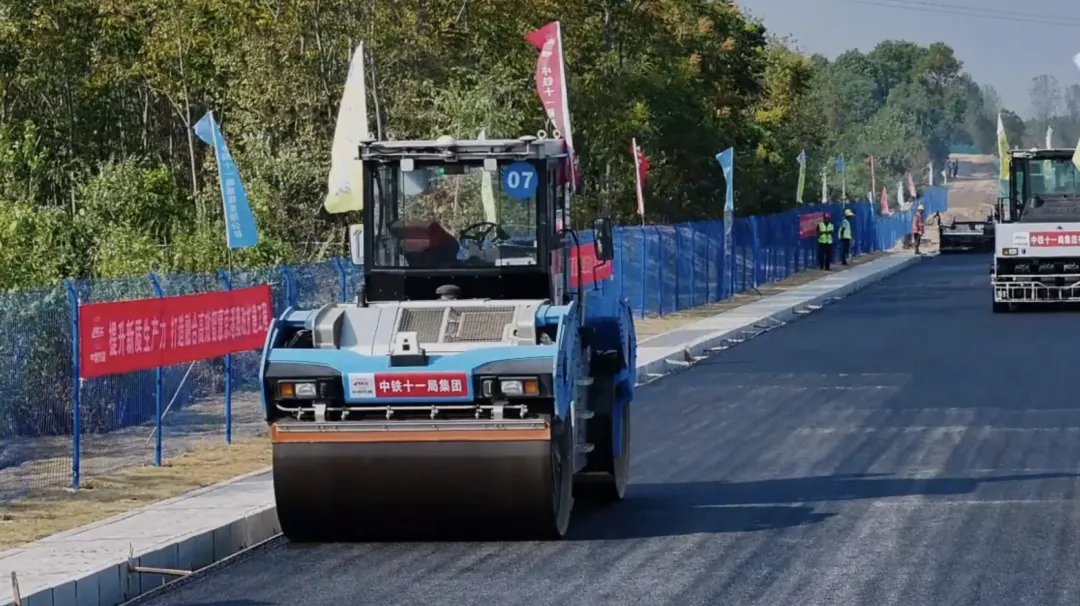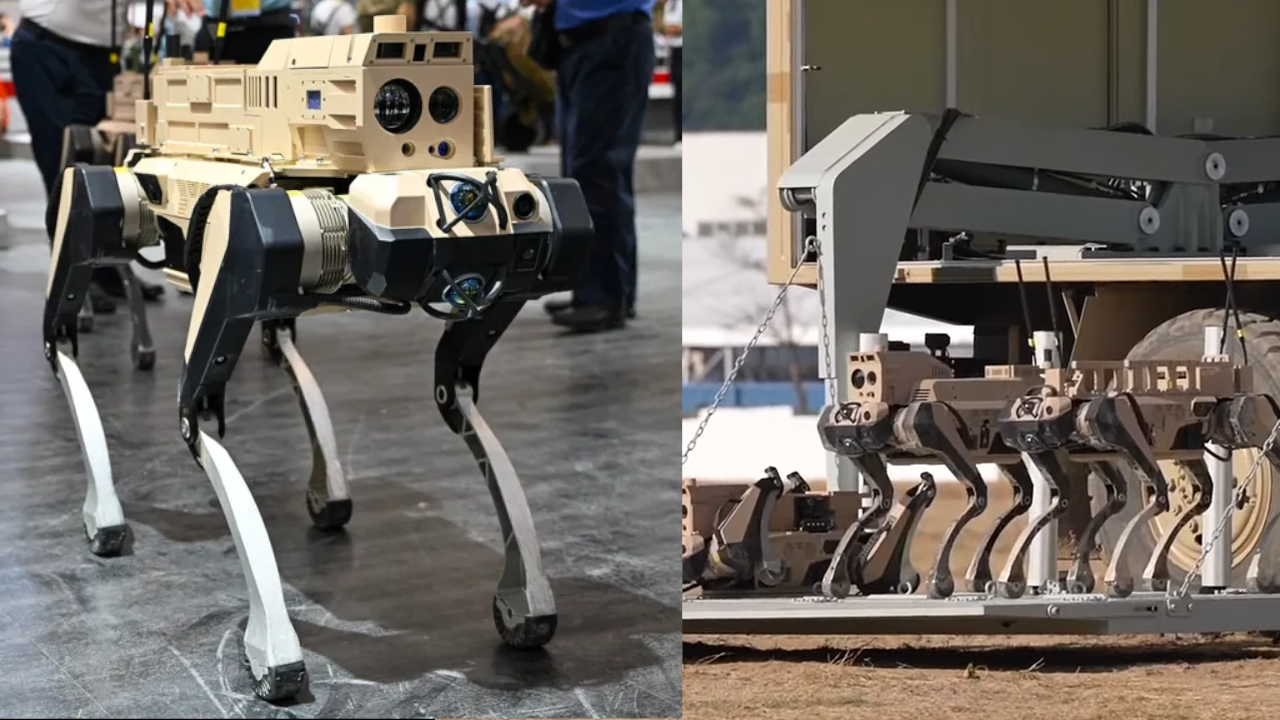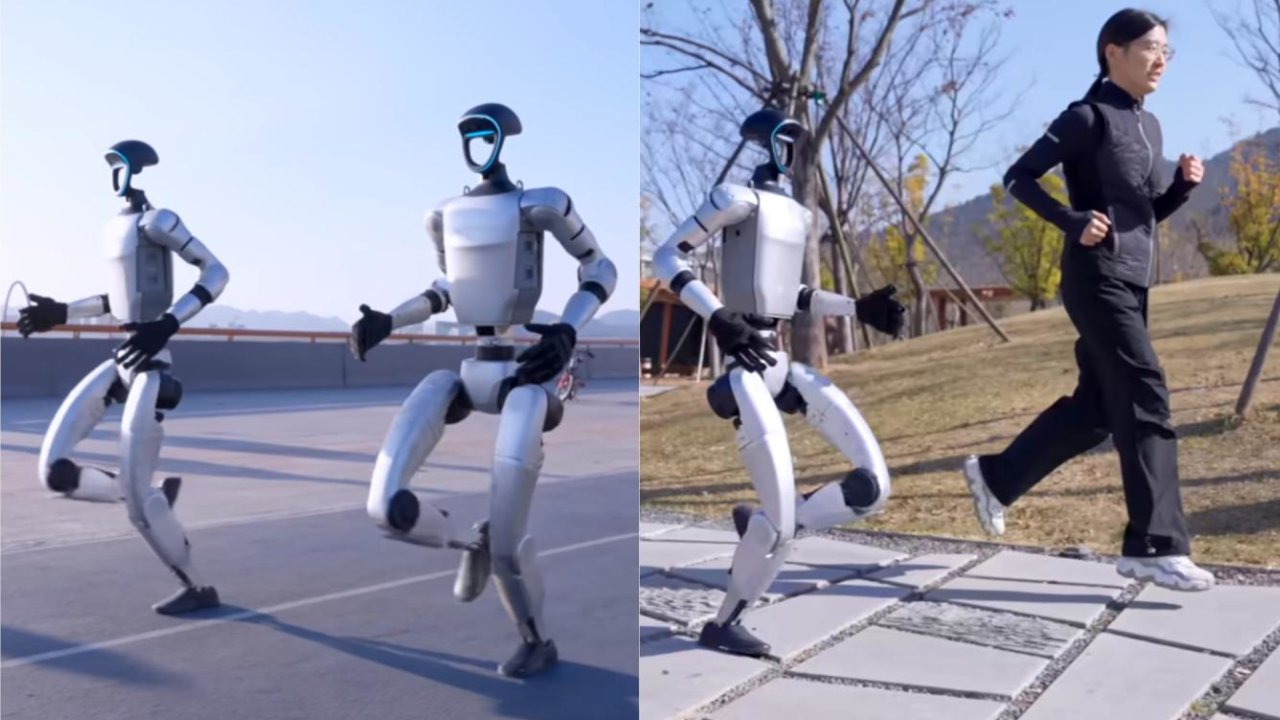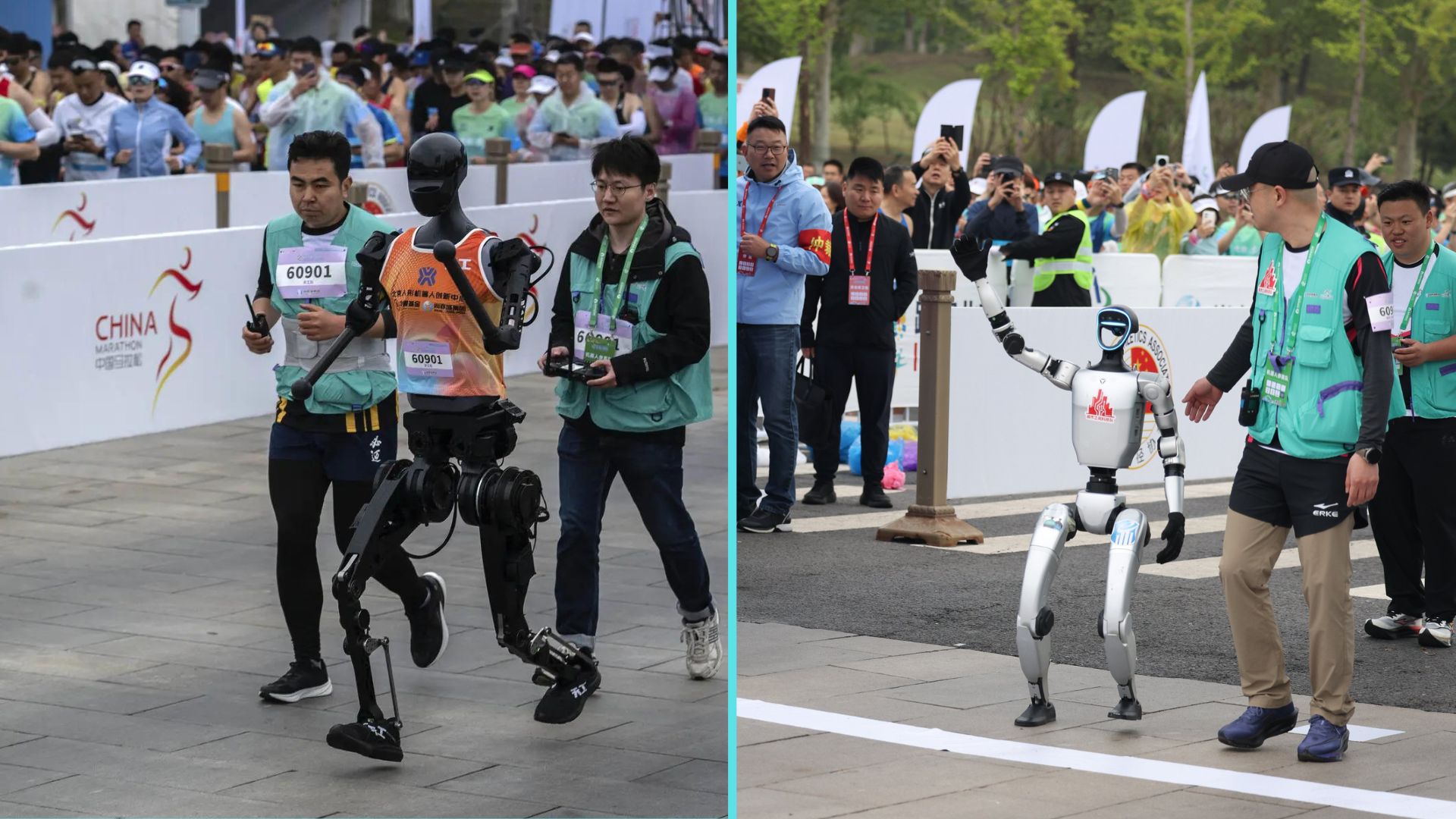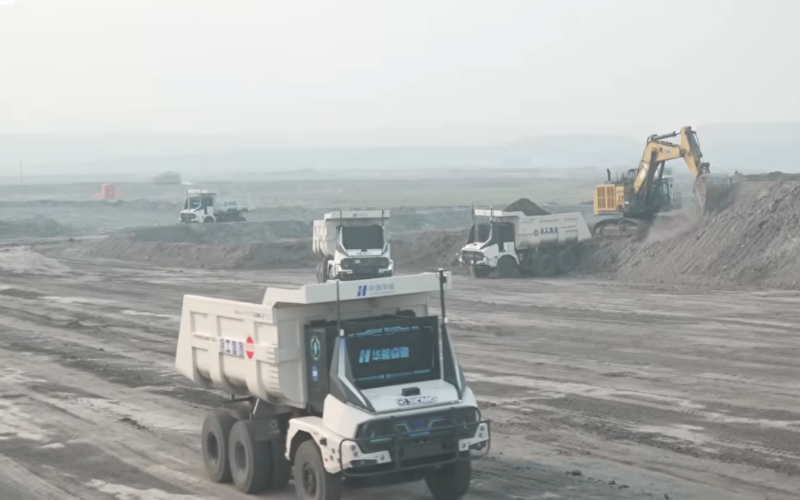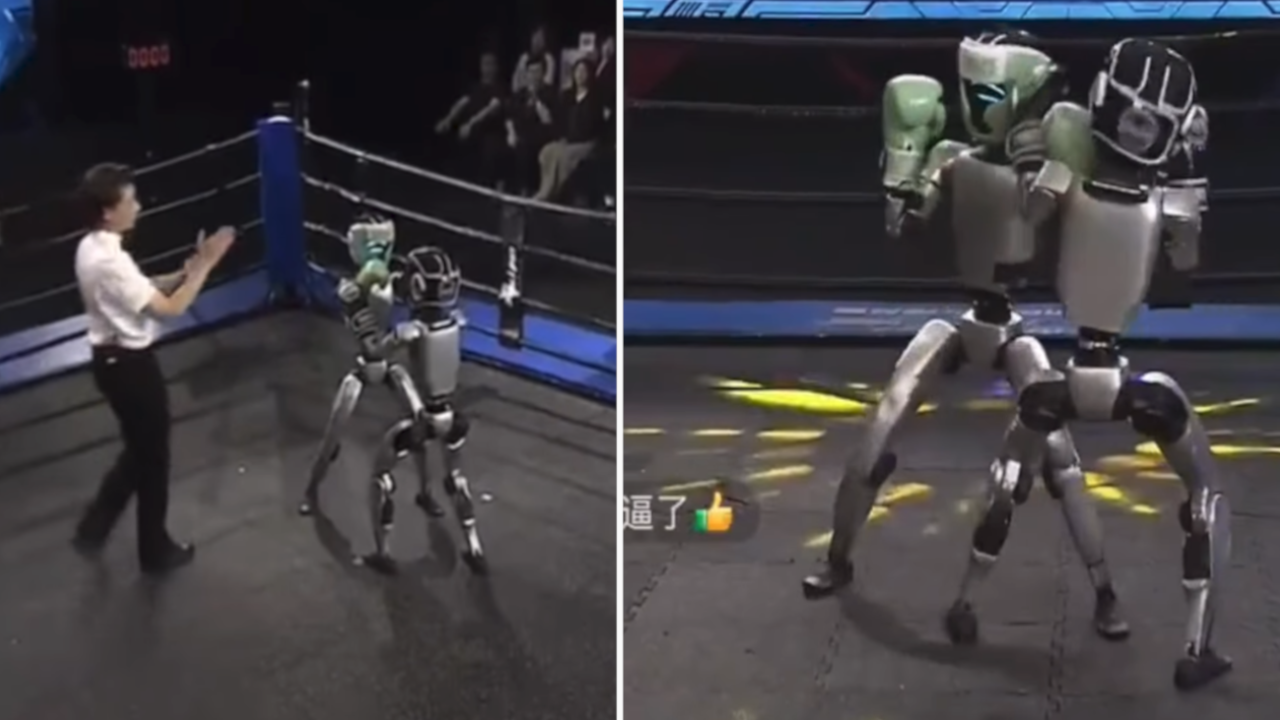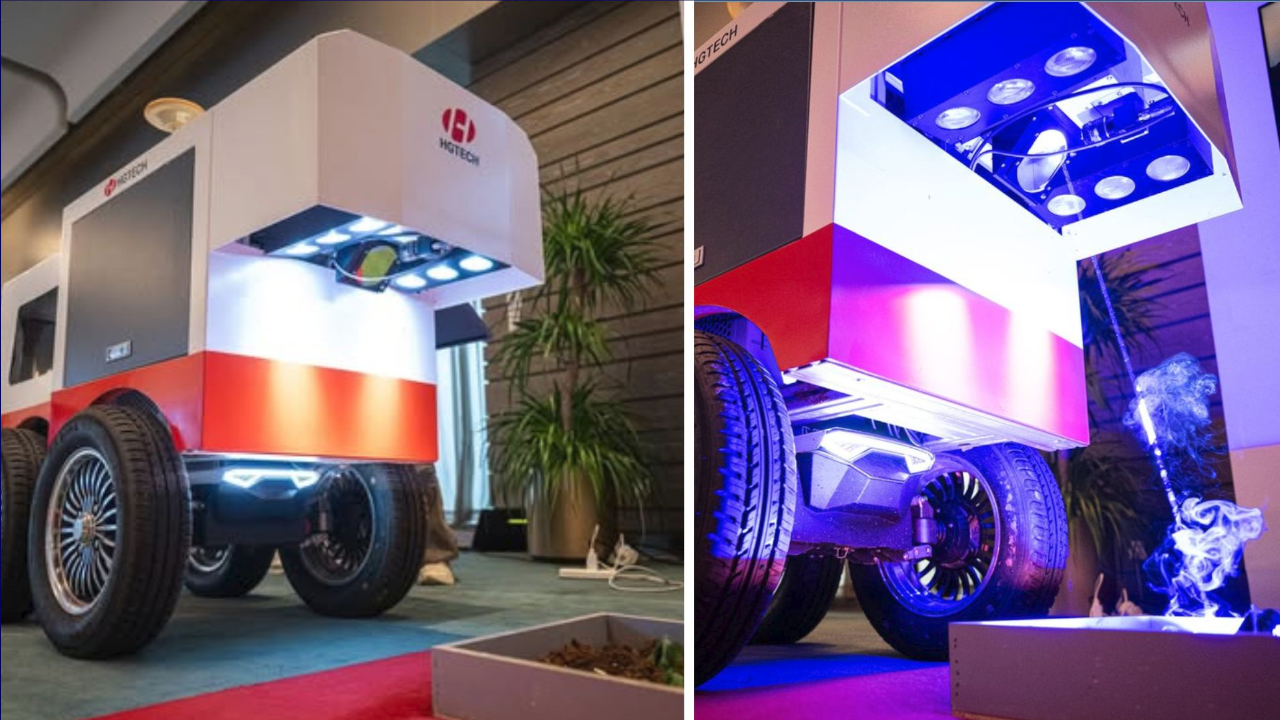China is a global manufacturing powerhouse and has excelled in the electric vehicle market. Government support, supply chains, and technological innovation, especially in electric batteries, have transformed it into a leader in this field. Now, we are witnessing something similar in the humanoid robot industry. Are the signs of dominance in this market becoming more apparent even though it has not yet fully begun?
China’s Ambitions in the Robotics Industry
There is significant interest from policymakers in the robotics industry and clear support. At the 2024 World Robot Conference, which concluded on Sunday evening in Beijing, Chinese Premier Li Qiang stated that the robotics industry has broad prospects and massive market potential. He added that it is also a measure of technological innovation and high-end manufacturing strength. For the Chinese government, it is proof of its advanced technological status, as this field is more complex than electric vehicles, requiring innovations in multiple areas: sensors, robotic actuators, and advanced artificial intelligence systems.
China’s interest in this industry was evident at the conference through the large number of companies showcasing various types of humanoid robots performing multiple functions, including running, dancing, and playing music.
The Competitive Landscape
There is also a strong belief among technology leaders in America about the future of humanoid robots. Elon Musk predicted that the market for Tesla’s Optimus robot would be more important than the car market and would raise Tesla’s value to $25 trillion. All major tech companies, from Nvidia, Amazon, Microsoft, to Google, have either recently started investing in humanoid robot companies or are developing them.
Some companies have begun testing general-purpose humanoid robots in car factories. Besides Tesla, BMW is testing the Figure robot, Mercedes is testing the Apollo robot, and China’s NIO is testing the Chinese Walker S. The Unitree G1 robot became available for purchase last week at an affordable price of $16,000, while Kepler plans to start selling its robot in the coming months. Although American humanoid robots, like those from Boston Dynamics, Tesla, and Agility, appear highly advanced, they do not seem to be planning to sell their robots to the public currently, except for Tesla, which may start selling next year.
Will China Also Dominate the Humanoid Robot Market?
According to the International Federation of Robotics, China produces 52% of the world’s industrial robots, followed by Japan, which produces 9%. This dominance is likely to be repeated in the humanoid robot market.
Despite significant competition from American companies, with Tesla appearing closest to production, it is the only company that can develop highly efficient production lines to compete with the Chinese. However, some factors suggest it may lose the race: BYD’s superiority over Tesla in the electric vehicle race, despite Tesla’s initial leadership, suggests that Chinese companies may also excel in the humanoid robot field. Additionally, Chinese companies seem closer to production than Tesla, with some already starting production, allowing them to gain experience and feedback to accelerate their robot development.
Finally, what tilts the balance more is the appearance of Tesla’s robot at the WRC 2024, stationary inside a transparent box, while Chinese robots appear more lively, agile, and interactive. Although this may not reflect the true situation, it adds to the impression of China’s superiority in this field.


